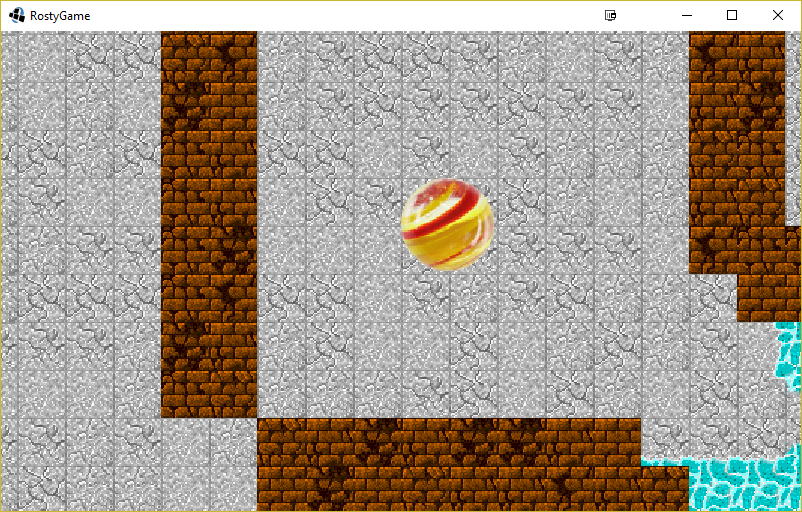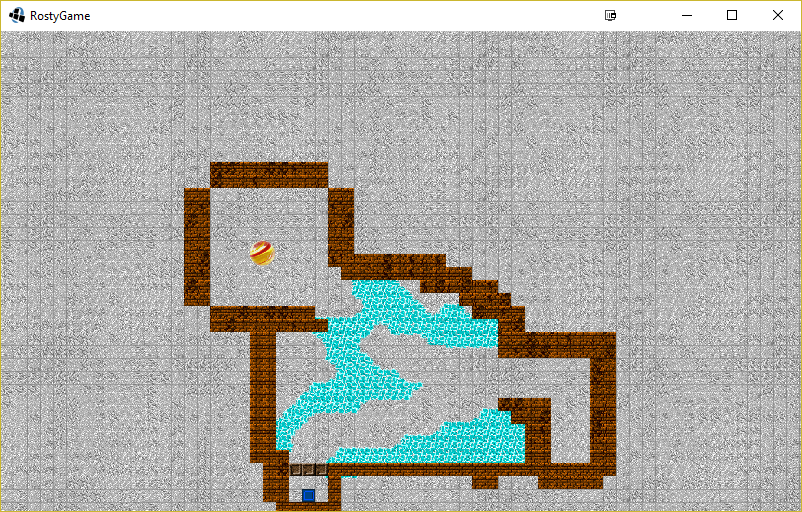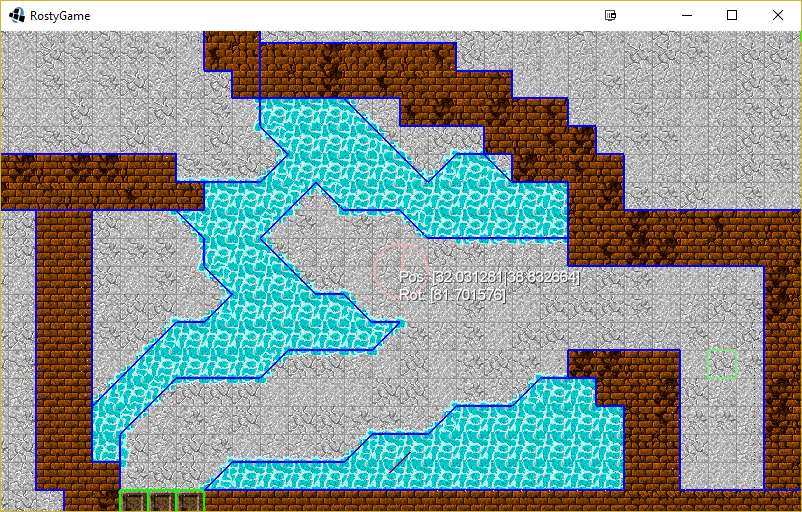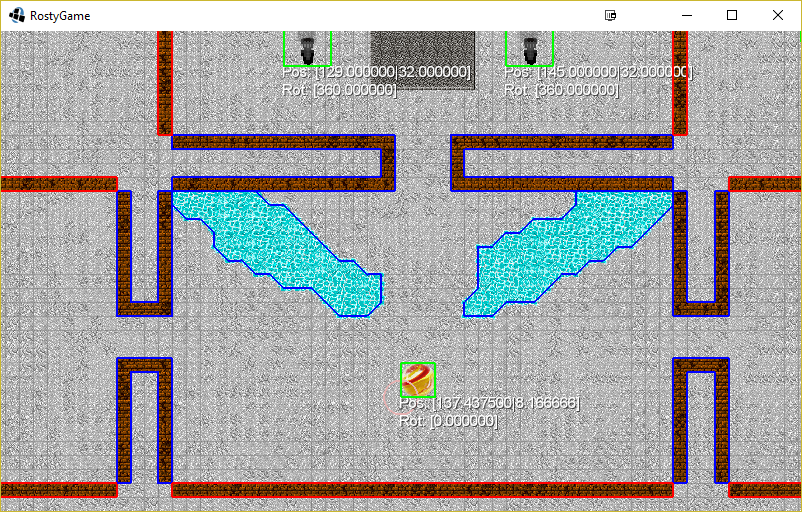
RostyEngine
After my bachelor-thesis I couldn’t let go of the overall game idea. I also got a new job and was switching from mostly C# development to java development. So it was the perfect time to start a new project, by porting an old game to a new language.
ROSTYENGINE!
I had a few points I wanted to have in my next game:
- Using an opensource engine (So that my XNA problem wouldn’t repeat itels).
- Using tools I’m also using at work, meaning
- Java
- Maven
- Netbeans
After doing some research, I decided upon LibGDX an open source game framework. Mind you, it isn’t a game engine, like Unity and GameMaker are, but rather a set of libraries that you have to cobble together by yourself. That said, it makes it fairly easy by being well documented and generating everything you need even for multi-platform development. All in all, I was quite happy with LibGDX. But I had to create my own engine.
SUPPORTED FEATURES!
Looking back at it, I’m surprised what was in there. I decided early on to use an ECS system, so that everything (in-game) would be easily extendable. And I mostly succeeded. I even have support for custom scripts. I guess another day of development would be needed to be able to load external scripts, be that groovy or javascript.
It also included:
- Shader support
- Physics support
- Tiled map loading
- Multiplatform input (worked on both windows and android, with completly different control styles).
If so many things worked, why did I stop?
STOP WHILE YOU CAN!
Although I’m rather proud of creating a somewhat working engine, the overhead of writing it all by myself was getting way too much, with work also taking a rather large part of my development time away. I guess it’s also around the time my GF moved in with me, so that could also be a reason.
But the main part was this: I was not seeing enough progress. Since I had to stop and rework part of the engine everytime I wanted a new feature, it was rather tedious to work on. Note that this is not because the engine was poorly implemented, but rather that I had to learn a lot about the framework on the fly.
But still, it was an important step for me. I could use the knowledge I had built up to this point and actually write useable software. That was nice.
I also learned my most important lesson: GO SMALLER!
SCREENSHOTS!
After all that talk, let’s see what’s actually in there:




CLOSING THOUGHT!
I learned a lot throught this project. How an engine should be built, how you should organize code and many more things. But as always, I had too big of a scope.
If you want to see this in action, I uploaded the code on github.
